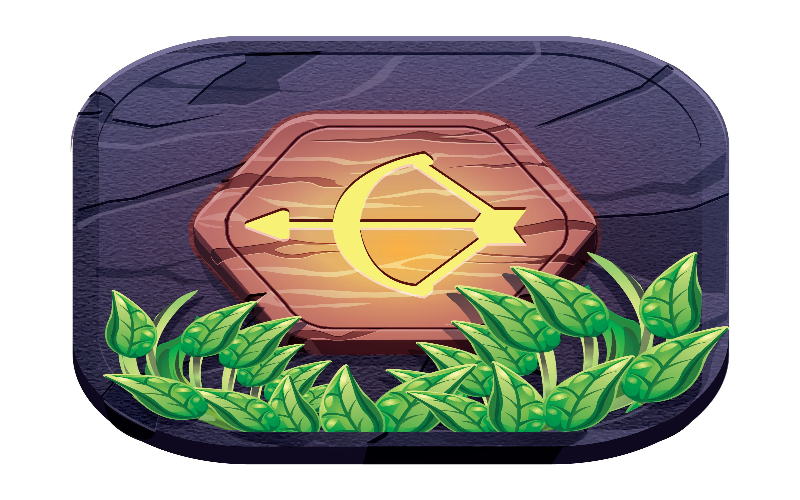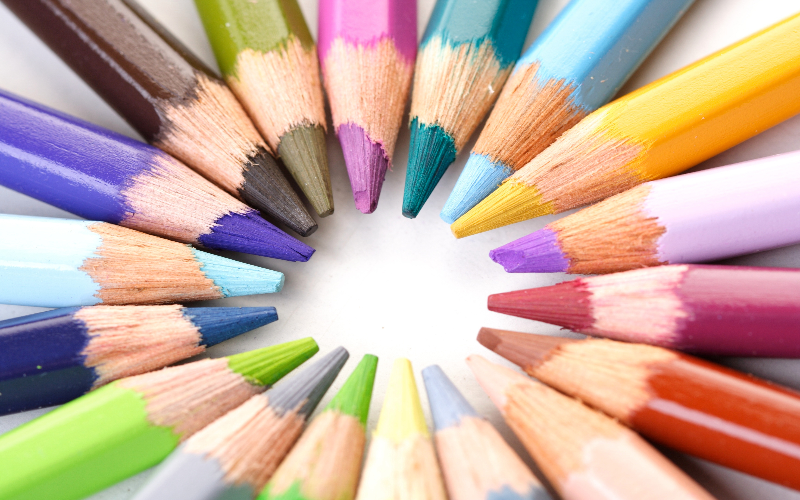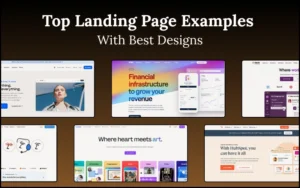In 2016, there were close to 150 billion mobile app downloads. Some estimates put the number of mobile app downloads in 2017 at close to 200 billion. App development, already a huge industry, isn’t showing any signs of slowing down. For app developers and designers, the growing market brings more opportunity. To be able to make the most of it, however, designers need to make sure they don’t fall behind on the newest app design trends.
Table of contents
Latest App Design Trends in 2018
Voice User Interface
The way users interact with their devices is evolving. Every single one of the 2.3 billion of people who own a smartphone has the option of using voice commands. Some estimates show that, by the end of 2017, there more than 35 million of people in the United States using voice-first devices. By 2022, it’s expected that 55% of American households will have voice-first devices. It is evident that interacting with computers using voice commands is shaping to be the next big trend.

Conversational user interfaces are still far from being truly conversational. It’s still very much about learning a set of commands and using them to perform specific actions. On the plus side, voice recognition is getting better by the hour. At the very least, users don’t have to repeat their commands too many times. But for any app designer out there, 2018 might be the year to finally start developing an app with VUI. The market is there, and it’s only going to grow.
Learn more about UI design principles and the best UI design practices.
Omni-Channel User Experience
One of the most important app design trends. App designers have to take into account the number of connected devices people are using. Back in the day, when people used only desktop computers, it was simple enough. The only experience a designer had to think about was the desktop experience. Now, the tech landscape is completely different. Designers now have to find a way to bridge the gap between at least three types of devices: desktop computers, tablets, and mobile devices.
But then, there are the wearables. There are also smart TVs and many other connected devices people can use to interact online. And the connected devices industry is just getting warmed up. For app designers, ensuring a recognizable experience over several devices will be of utmost importance in 2018. An omnichannel approach to design, which takes into account the strengths of every device, will be a major trend in 2018.
Also read: Effective Web Design Techniques You Should Apply
In-App Animations and Interactivity
There’s always a risk involved with including too many flashy animations into an application. Designers need to strike a balance between functionally animated UI elements and creating a mess that renders the app unusable. But the risk is worth it because people love to see animations. They like to see UI elements that react to their actions.

App design trends in 2018 have shown that animations and interactivity might become more important than ever. It will, that is, if Apple’s bet on gesture-based interface pays off. After removing the “home” button from iPhone X, Apple decided that most interactions, even the really basic ones, should be based on gestures. Gesture-based interactions have a number of problems, and animations can be used to solve, or at least mitigate, some of them. App developers will use animations to indicate the outcomes of interactions, the relationships between UI elements, and provide explanations and instructions.
App UI Trends of Borderless Design
The design of mobile devices is moving in a borderless, bezel-free direction. The trend is not only about making the screen as big as possible without increasing the size of a phone. Bezel-free smartphones also possess an appealing aesthetic. That appeal translates very well into trending app design.
The borderless design will allow designers to think in a direction different than the regular grid-based system. The grid-based, well-defined, and strict design will start giving room to fluid design. The fluid design will significantly simplify user journey by making it linear, with a gradual reveal of information.
Also read: App Onboarding Best Practices You Should Follow
Vibrant Colors and Gradients
Over the last couple of years, flat design has reigned supreme. It carried with it muted colors, a flat surface, a lack of textures, and minimalist typography. Flat design has its benefits. It’s highly functional. It’s lightweight, and it’s great for quick loading speeds. It was also a perfect match for responsive design.

But it’s dull. Broadband is becoming broader and mobile processors are becoming faster, so mobile devices are more than capable of handling bigger elements. In 2018, moving away from flat design towards vibrant colours and textures will be one of the major mobile app design trends. We can also expect to see more colour gradients being used. To make sure the typography stands out, designers might use high-contrasting colours. 2018 is the right time for designers who have been overly relying on flat design to update their UI kits selection.
Logging in Made Easier with Latest Mobile App Design Trends
Security has always been a major concern on the Internet. Connected devices are targets for various kinds of attacks. An anti-virus, an encrypted connection, or a password are usually the only things protecting users from a security breach. However, the first two are automated. The third one isn’t. And the average person has 27 separate logins. That’s a lot of passwords to remember, which is why people commonly use the same password across several accounts. And that’s a major security issue.
App designers can make it easier for users to log into their apps. Biometrics is one way they can do it. Fingerprint readers are slowly becoming the standard. Face recognition is also being introduced. Alternatively, it would also be possible to incorporate a verification code in place of passwords.
Also read: How To Design Business Web Apps
If there’s one trend that will be above all the other app design trends in 2018, it will be user-centricity. Designers need to make apps users will want to use and be able to use without a steep learning curve. The competition for the shrinking attention span we all have is getting tougher. Only the designers who are able to give people something that’s convenient and desirable to use will be able to expand their customer base. Others will have to learn the lesson the hard way.
Like this post? Check out more amazing web design content here.





